No dudes en contactar con nosotros.
+507 779 2373
info@tamanduaphoto.com
During WWII, a petroleum pipeline and its service road were built across the isthmus of Panama. The pipeline was never used, but the single-lane, gravel-and-dirt road persists and allows entry through the center of Soberanía National Park. It’s easy to bird there all day and not even notice the two old pipes off in the forest.
The road starts just west of the small town of Gamboa, about 45 minutes west of Panama City, and terminates 17.5 km north, passing through the center of the 22,100-ha (55,000-acre) Soberanía National Park.
Pipeline Road offers what is arguably Panama’s best lowland rainforest birding, quite a statement for a small country packed with over 1,000 species. Here “best” means the combination of several attributes:
According to Angehr et al. (A Bird-finding Guide to Panama, 2008), “Pipeline Road is one of the best places to see tropical forest birds in the Americas, with a species list exceeding 400.” They didn’t limit this praise to Panama; they included all of Central and South America. The number of species we see during a morning at Pipeline Road and Ammo Ponds during the dry season typically ranges from 65 to 85, with another 35 to 40 heard but not seen, for a total of 100 to 120. During 5-1/2 hours of birding, that’s 12 to 15 new species seen per hour or about 1 every 4 or 5 minutes! Often, we see more than 40 species during the first couple of hours.
The entrance to Pipeline is located only a 45-minute drive west of Panama City, and only a few minutes from several hotels and B&Bs in Gamboa. This makes it ideal for short, one-day birdwatching tours. The first 2 km of the road is a wide, level, gravel road easily driven by car (a 4WD vehicle may be needed during the wet season).
The entire 17.5-km length of Pipeline Road is easily walked. The first 7-km section is mostly level, whereas the 10.5-km section farther in is more hilly. Walking off-road in the forest is quite easy because the mature forest canopy precludes most understory growth.
The narrowness of the road allows the tree canopy to continue uninterrupted, so birds are easily seen both in the forest and directly overhead. From 2 km onward, the road is barely wide enough to permit passage by a 4-wheel-drive vehicle; there, the road seems more like a trail. In that section, birds including antwrens, trogons, motmots, and puffbirds often are only 2 to 10 meters from the birders.
During the wet season, only a few people can be found anywhere along Pipeline Road; many days, no one is there. During the height of the dry season, only about 10 to 25 birders/walkers will be there.
Many folks like the dry season (about December through March) better than the green season, but each season has its pluses and minuses. In the dry season, the days are sunnier: birds may quiet down earlier, and it also gets very hot earlier. For photography, the light can get very harsh. In the green (rainy) season, it tends to be cloudier, cooler (the birds may stay active later), and muddy, but it may rain. However, most days during the green season are wonderful birding all morning; typically, it starts clouding-up when we get back to the vehicle and rains en route to the hotel or when you’re back in your room taking a nap. For photography, light is often softer, allowing for longer shooting hours.
Your hotel in/around Panama City
Easy
max. 6 people + guide
Kilo Campos
Birding Pipeline Road and surrounding area from 6:15 am to noon (6 hrs approx.):
$220; 1-2 persons
$280; 3 people
$360; 4 people
$90 per person for 5 to 8 people
Birding from 6:15 am to 3:15 pm (8 hrs approx.)
$250; 1-2 persons
$320; 3 people
$380; 4 people
$140 per person for 5 to 8 people
· For the Rainforest Discovery center, add a $20 per-person entry fee (guides are not charged).
· There is no charge for pickups or dropoffs anywhere in “regular” parts of the city (e.g., along Avenida Balboa, Casco Viejo), or hotels and resorts in and around Gamboa.
· There may be a charge for pickups and/or dropoffs elsewhere (e.g., other parts of the city, Playa Bonita).
